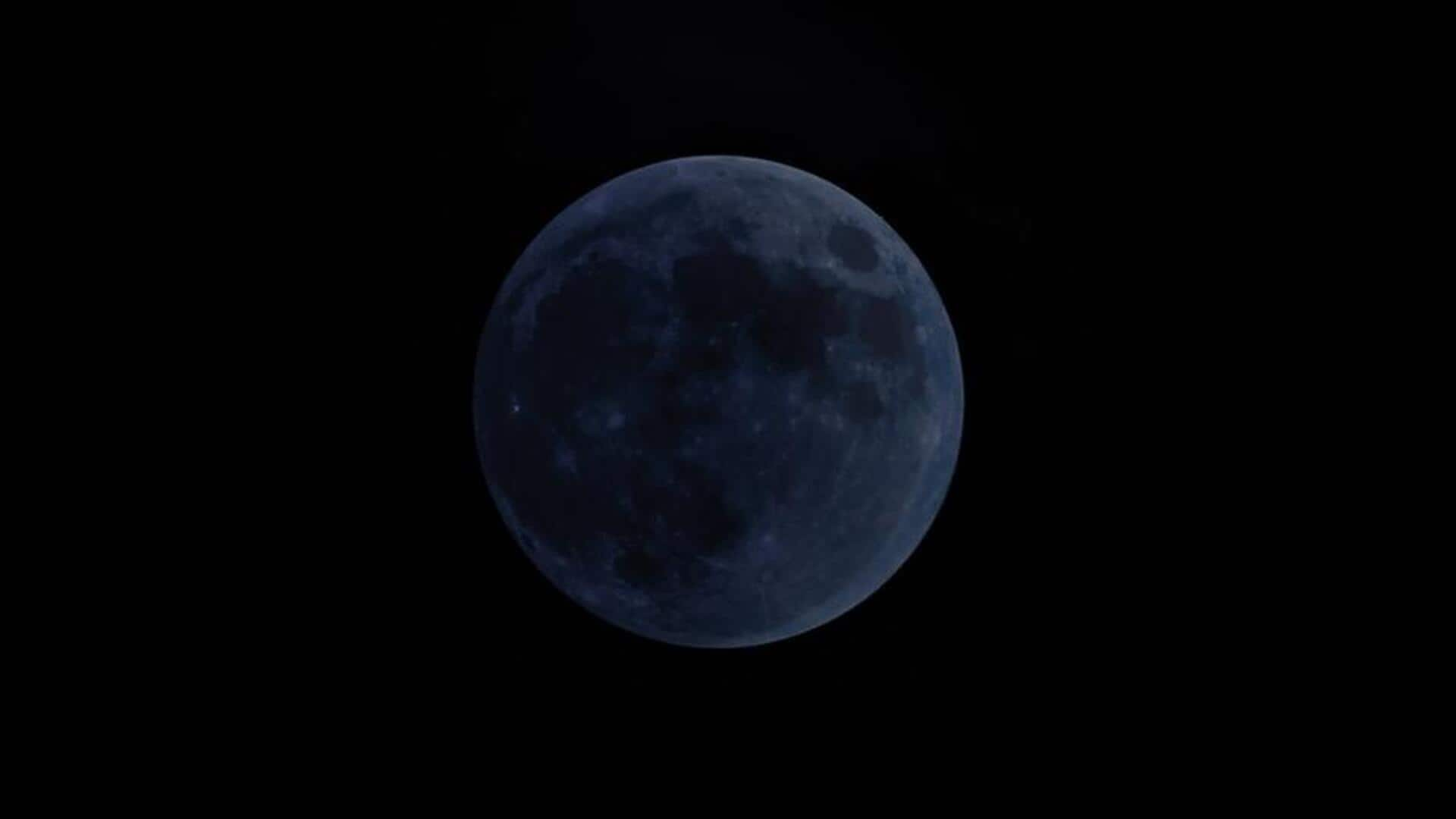
Rare 'Black Moon' rises tonight: What makes it special
What's the story
This weekend, a rare astronomical event known as a "black moon" will occur. This specific type of black moon, known as a seasonal black moon, happens once every 33 months and is associated with the new moon phase. On Saturday, at 2:06am EDT, the black moon will reach its new moon phase in the Leo constellation, located about one degree north of the Sun.
Astronomical rarity
What is a black moon?
The term "black moon" is not an official astronomical classification, but rather a way to describe unusual new moon timings. A new moon occurs when the sunlit side of the Moon faces away from Earth, rendering it invisible. Typically, each season has three new moons, but occasionally four can occur in one season. In such cases, the third is termed a black moon.
Lunar classifications
Types of black moons
There are two main types of black moons: the seasonal and monthly. A seasonal black moon is the third new moon in a season with four, occurring about once every 33 months. The upcoming one rises this weekend, making it a special celestial event. On the other hand, a monthly black moon occurs when two new moons fall within the same calendar month.
Stargazing tips
Black moon in Northern Hemisphere's summer season
The Northern Hemisphere's summer season began with the solstice on June 20, 2025, and will end with the equinox on September 22. During this time, four new moons occur: June 25, July 23, August 23, and September 21. The August 23 new moon is a black moon as it falls in a season where four occur. However, unlike supermoons or eclipses, black moons are not visible as they position themselves between Earth and sun with their dark side facing us.
Lunar calendar
Next seasonal and monthly black moons
The next seasonal black moon will be on August 20, 2028, while the next monthly one will occur earlier on August 31, 2027. Both these events will remain invisible but are significant in astronomy. The alignment of Sun and Moon also enhances tidal effects during this time.